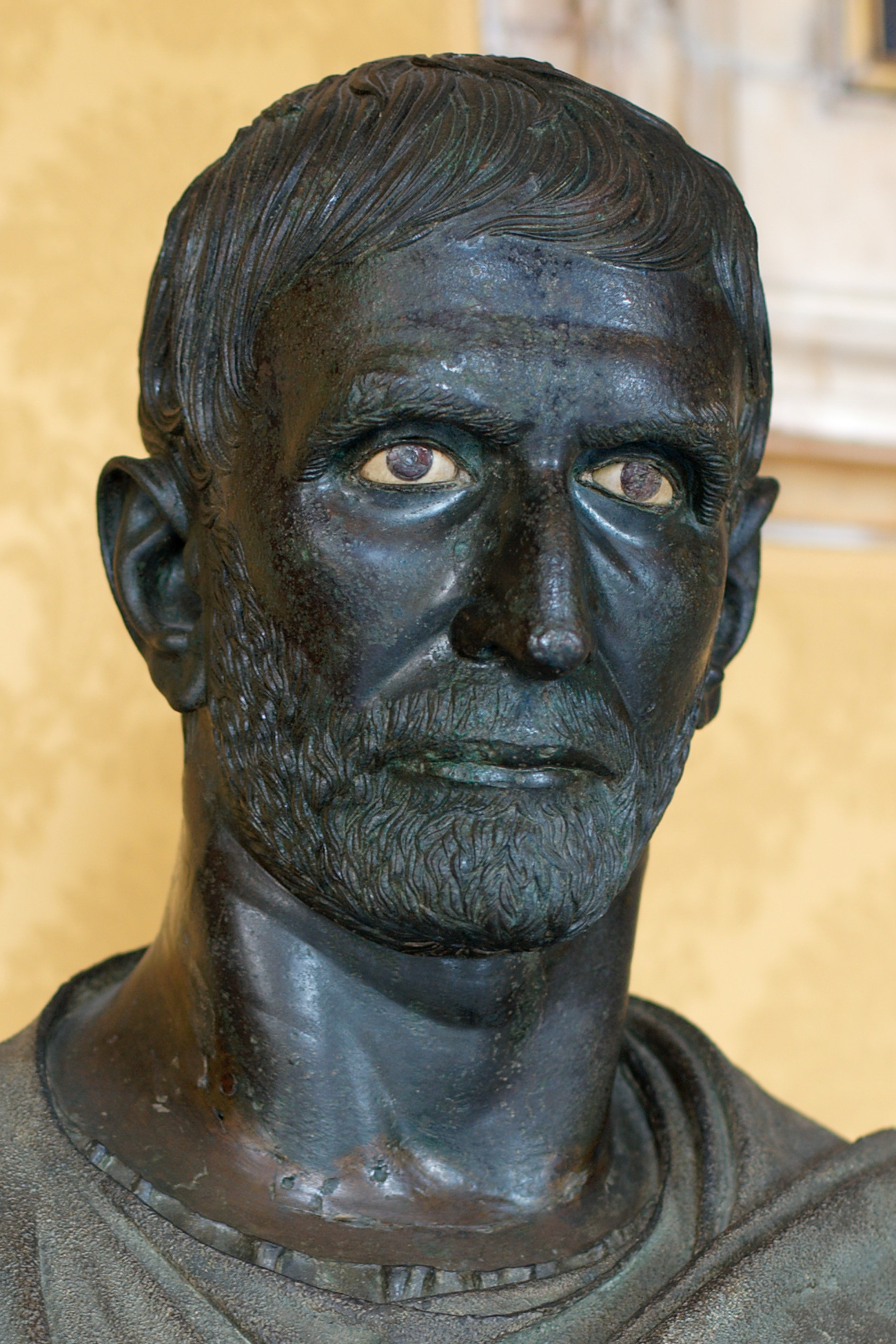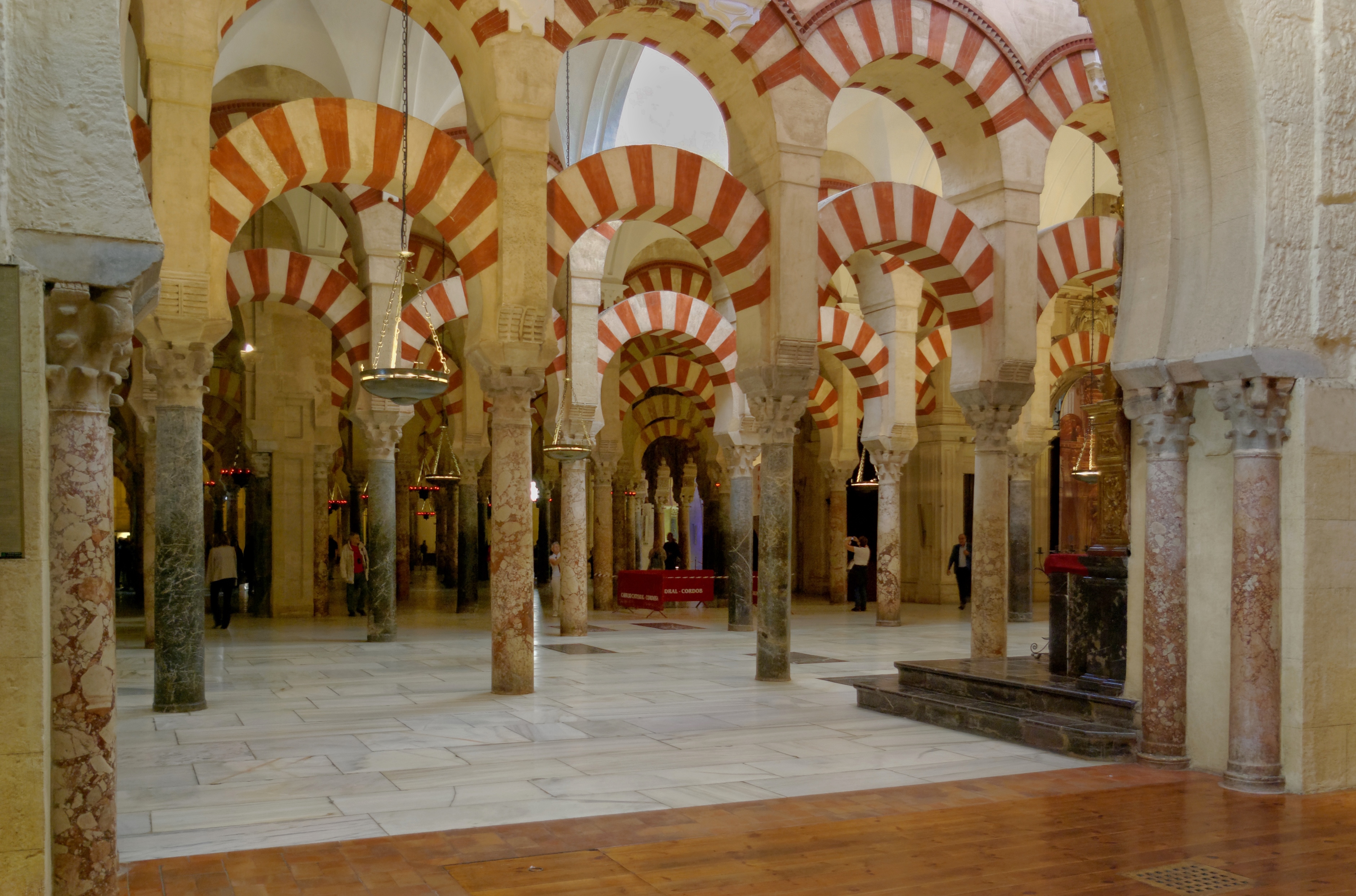|
Sohail Castle
Sohail Castle () is a castle in Fuengirola, Spain. It is a historic fortress located in the coastal town of Fuengirola, situated along the Costa del Sol in the province of Málaga, Andalusia, Spain. The castle sits atop a hill overlooking the Mediterranean Sea, providing a strategic vantage point for controlling the surrounding area. Throughout its history, the castle has played a significant role in various historical events, and today it is a popular tourist attraction and cultural venue in the region. History The origins of Sohail Castle can be traced back to the Phoenician and Roman Republic settlements in the area. However, the current structure was primarily built during the 10th century by the Moors, who ruled the southern Iberian Peninsula at the time. Abd-ar-Rahman III ʿAbd al-Raḥmān ibn Muḥammad ibn ʿAbd Allāh ibn Muḥammad ibn ʿAbd al-Raḥmān ibn al-Ḥakam al-Rabdī ibn Hishām ibn Abd al-Rahman I, ʿAbd al-Raḥmān al-Dākhil (; 890–961), or simply ... [...More Info...] [...Related Items...] OR: [Wikipedia] [Google] [Baidu] |
Fuengirola
Fuengirola () is a city on the Costa del Sol in the province of Málaga in the autonomous community of Andalusia in southern Spain. It is located on the central coast of the province and integrated into the region of the Costa del Sol and the Commonwealth of Municipalities of the Costa del Sol Occidental. It is a major tourist resort, with more than 8 km (5 miles) of beaches and a medieval Moorish fortress. In common with much of this coast, it has been the subject of considerable urban development. The area has a subtropical Mediterranean climate, with annual average temperatures of 18 °C (65 °F) and average summer temperatures of over 30 °C (86 °F). History The town has its origins in Phoenician, Roman, and Moorish civilisations. The foothills of the mountain range behind the town to the south are the site of Sohail Castle, which contains remains of an early Phoenician settlement, later occupied by the Romans, which became a town known in antiqu ... [...More Info...] [...Related Items...] OR: [Wikipedia] [Google] [Baidu] |
Spain
Spain, or the Kingdom of Spain, is a country in Southern Europe, Southern and Western Europe with territories in North Africa. Featuring the Punta de Tarifa, southernmost point of continental Europe, it is the largest country in Southern Europe and the fourth-most populous European Union member state. Spanning across the majority of the Iberian Peninsula, its territory also includes the Canary Islands, in the Eastern Atlantic Ocean, the Balearic Islands, in the Western Mediterranean Sea, and the Autonomous communities of Spain#Autonomous cities, autonomous cities of Ceuta and Melilla, in mainland Africa. Peninsular Spain is bordered to the north by France, Andorra, and the Bay of Biscay; to the east and south by the Mediterranean Sea and Gibraltar; and to the west by Portugal and the Atlantic Ocean. Spain's capital and List of largest cities in Spain, largest city is Madrid, and other major List of metropolitan areas in Spain, urban areas include Barcelona, Valencia, Seville, ... [...More Info...] [...Related Items...] OR: [Wikipedia] [Google] [Baidu] |
Roman Republic
The Roman Republic ( ) was the era of Ancient Rome, classical Roman civilisation beginning with Overthrow of the Roman monarchy, the overthrow of the Roman Kingdom (traditionally dated to 509 BC) and ending in 27 BC with the establishment of the Roman Empire following the War of Actium. During this period, Rome's control expanded from the city's immediate surroundings to hegemony over the entire Mediterranean Sea, Mediterranean world. Roman society at the time was primarily a cultural mix of Latins (Italic tribe), Latin and Etruscan civilization, Etruscan societies, as well as of Sabine, Oscan, and Greek cultural elements, which is especially visible in the Ancient Roman religion and List of Roman deities, its pantheon. Its political organisation developed at around the same time as direct democracy in Ancient Greece, with collective and annual magistracies, overseen by Roman Senate, a senate. There were annual elections, but the republican system was an elective olig ... [...More Info...] [...Related Items...] OR: [Wikipedia] [Google] [Baidu] |
Abd-ar-Rahman III
ʿAbd al-Raḥmān ibn Muḥammad ibn ʿAbd Allāh ibn Muḥammad ibn ʿAbd al-Raḥmān ibn al-Ḥakam al-Rabdī ibn Hishām ibn Abd al-Rahman I, ʿAbd al-Raḥmān al-Dākhil (; 890–961), or simply ʿAbd al-Raḥmān III, was the Umayyad dynasty, Umayyad Emir of Córdoba from 912 to 929, at which point he founded the Caliphate of Córdoba, serving as its first caliph until his death. Abd al-Rahman won the ''laqab'' (sobriquet) () in his early 20s when he supported the Maghrawa Berbers in North Africa against Fatimid expansion and later claimed the title of Caliph for himself. His half-century reign was known for its Freedom of religion, religious tolerance. Life Early years Lineage and appearance Abd al-Rahman was born in Córdoba, Spain, Córdoba, on 18 December 890. His year of birth is also given as 889 and 891. He was the grandson of Abdullah ibn Muhammad al-Umawi, seventh independent Umayyad Caliphate, Umayyad emir of al-Andalus. His parents were Abdullah's son Muhamm ... [...More Info...] [...Related Items...] OR: [Wikipedia] [Google] [Baidu] |
Battle Of Fuengirola
The Battle of Fuengirola was a military engagement of the Peninsular War fought on 15 October 1810 between a 457-strong Franco-Polish garrison at the Sohail Castle near Fuengirola and a much larger Anglo-Spanish field force of 4,501 men led by Andrew Blayney, 11th Baron Blayney. Blayney's troops conducted an amphibious assault under the cover of an offshore artillery bombardment against the garrison of Sohail Castle, which consisted of troops from the army of the Duchy of Warsaw and the French Imperial Army. The defenders ultimately managed to frustrate the attacking forces' attempts to capture the castle before a joint Franco-Polish assault captured Blayney and forced his men to re-embark in disarray. The British and Spanish suffered 335 men killed, wounded or captured while the Franco-Polish defenders suffered 120 casualties. Several of the Polish officers involved in the battle were subsequently awarded the Legion of Honour by Napoleon. Background The Spanish town of F ... [...More Info...] [...Related Items...] OR: [Wikipedia] [Google] [Baidu] |
Vimeo
Vimeo ( ) is an American Online video platform, video hosting, sharing, and services provider founded in 2004 and headquartered in New York City. Vimeo focuses on the delivery of high-definition video across a range of devices and operates on a software as a service (SaaS) business model. The platform provides tools for video creation, editing, and broadcasting along with enterprise software solutions and the means for video professionals to connect with clients and other professionals. the site has 260 million users, with around 1.6 million subscribers to its services. The site was initially built by Jake Lodwick and Zach Klein in 2004 as a skunkworks project of CollegeHumor, taking inspiration from the Image sharing, photo sharing site Flickr launched earlier that year by Ludicorp. The project was organized as a division of CollegeHumor's parent, Connected Ventures, a Startup company, startup formed by Ricky Van Veen, Josh Abramson, Lodwick and Klein. IAC Inc., IAC acquired a ... [...More Info...] [...Related Items...] OR: [Wikipedia] [Google] [Baidu] |
10th-century Fortifications
1 (one, unit, unity) is a number, numeral, and glyph. It is the first and smallest positive integer of the infinite sequence of natural numbers. This fundamental property has led to its unique uses in other fields, ranging from science to sports, where it commonly denotes the first, leading, or top thing in a group. 1 is the unit of counting or measurement, a determiner for singular nouns, and a gender-neutral pronoun. Historically, the representation of 1 evolved from ancient Sumerian and Babylonian symbols to the modern Arabic numeral. In mathematics, 1 is the multiplicative identity, meaning that any number multiplied by 1 equals the same number. 1 is by convention not considered a prime number. In digital technology, 1 represents the "on" state in binary code, the foundation of computing. Philosophically, 1 symbolizes the ultimate reality or source of existence in various traditions. In mathematics The number 1 is the first natural number after 0. Each natural numbe ... [...More Info...] [...Related Items...] OR: [Wikipedia] [Google] [Baidu] |
Castles In Andalusia
The castles in Spain were built mainly for Spain, the country's defense, particularly with respect to fortification. During the Middle Ages, northern Christian kingdoms had to secure their borders with their Muslim southern neighbours, thus forcing both Christian and Muslim kings to grant border fiefs to their Homage (feudal), liege noblemen so as to keep and maintain defensive fortresses. When the Reconquista advanced, those border castles lost their initial purpose, and, as in the rest of medieval Europe, they were used as noble residences and fief-keeps. Sporadic threats of war maintained their initial military purposes as enemy invasions were common. In some locations, such as the Basque Country (autonomous community), Basque country, fiefdoms did not exist as such, and noble families could not afford nor did they need huge fortresses, giving rise to many tower houses. In Muslim Spain many castle-palaces were built: the petty ''taifa'' kingdoms that arose after the fall of the ... [...More Info...] [...Related Items...] OR: [Wikipedia] [Google] [Baidu] |


